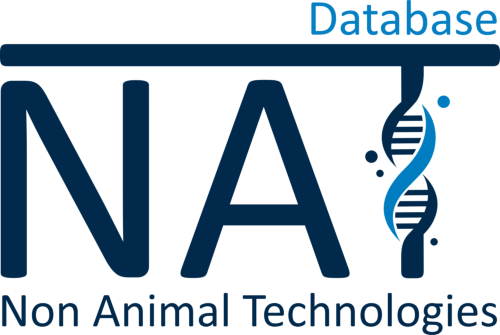Brain organoids to study potential gene–environment interactions
October 2021
Johns Hopkins University, Baltimore, USA
This study compares brain organoids containing a normal version of the gene CHD8 with those containing the ASD high-risk mutation CHD8+/-. CHD8 is one of more than 50 genes associated with higher autism spectrum syndrome (ASD) risk.
To test whether the pesticide chlorpyrifos (CPF), which has been linked as an environmental risk factor for ASD, disrupts similar signalling pathways as the mutation, which could indicate a synergistic interaction, both types of brain organoids were exposed to this pesticide for 24 hours. The researchers found that exposure to CPF reduced CHD8 protein levels more than the mutation alone. The pesticide also enhanced the effect of the mutation on several autism-related metabolites and neurotransmitters. In addition, pesticide exposure reduced neurite growth in both brain organoid species, indicating a disruption of neuronal functionality.
The fact that exposure to CPF further reduced CHD8 protein levels in the mutant cells suggests that the gene and the pesticide may have similar molecular targets. The observed reduction in CHD8 protein levels and neurite growth supports the possibility of more severe symptoms in CHD8 mutation carriers with higher CPF exposure.
Autism in three dimensions: using brain organoids to study potential gene–environment interactions
Lena Smirnova
Added on: 11-05-2021
[1] https://ehp.niehs.nih.gov/doi/10.1289/EHP10301





